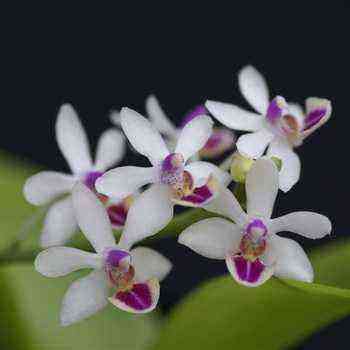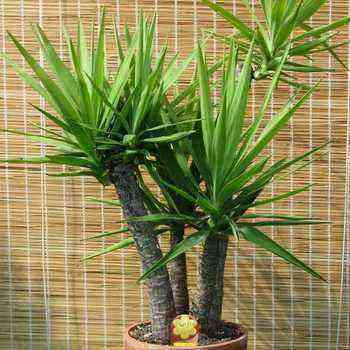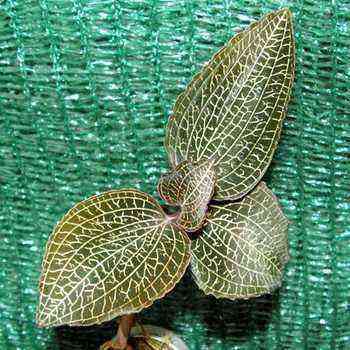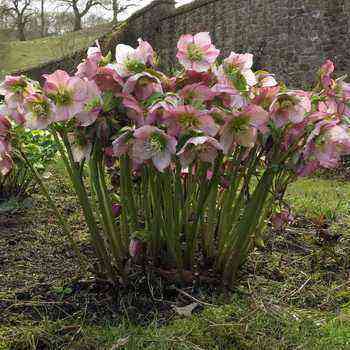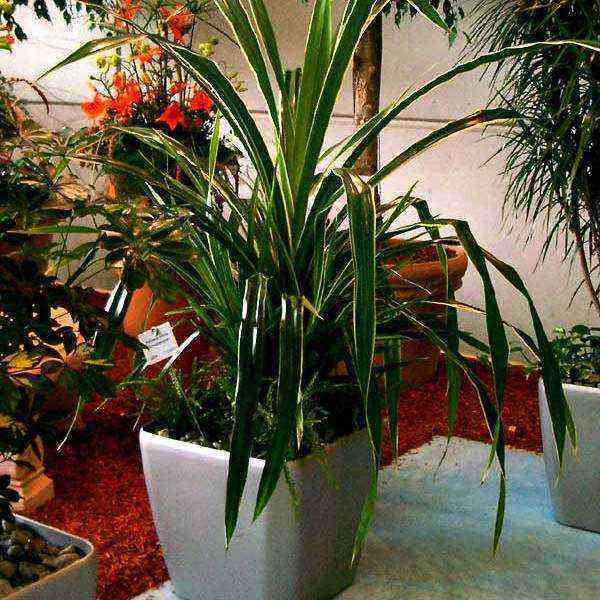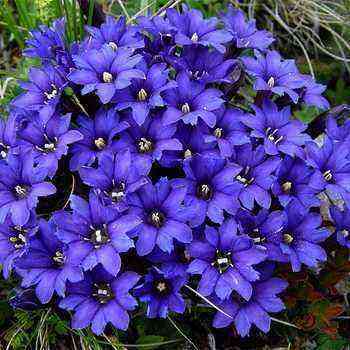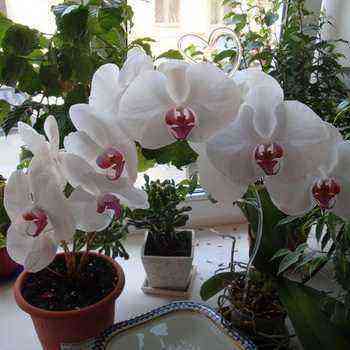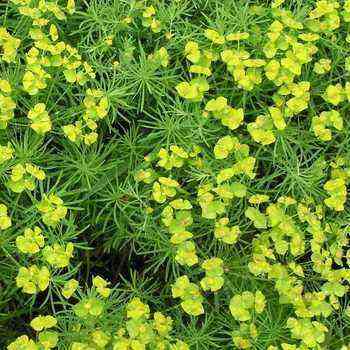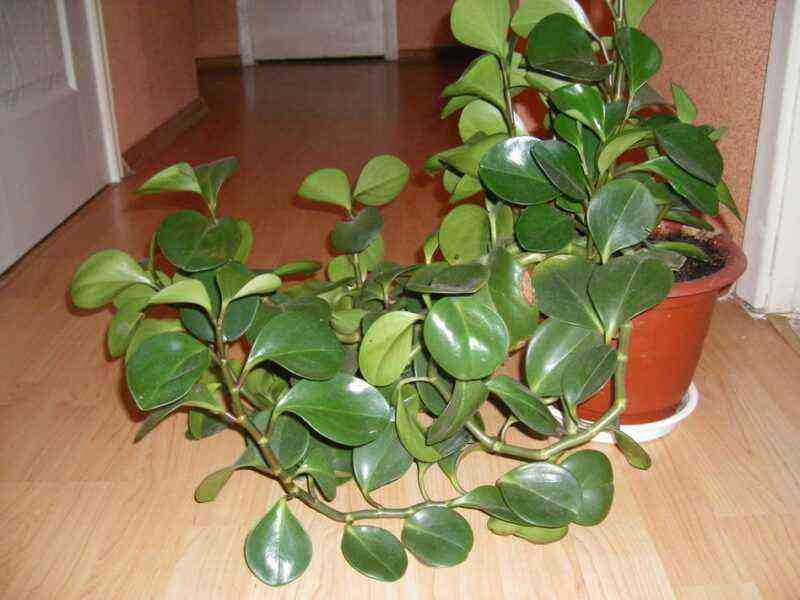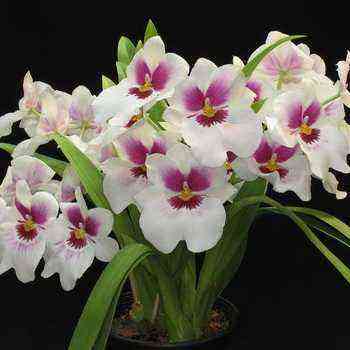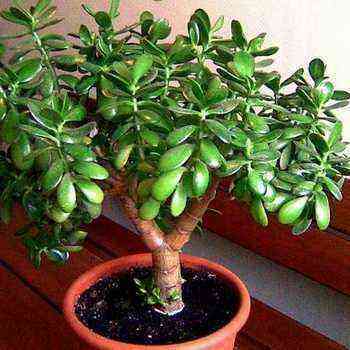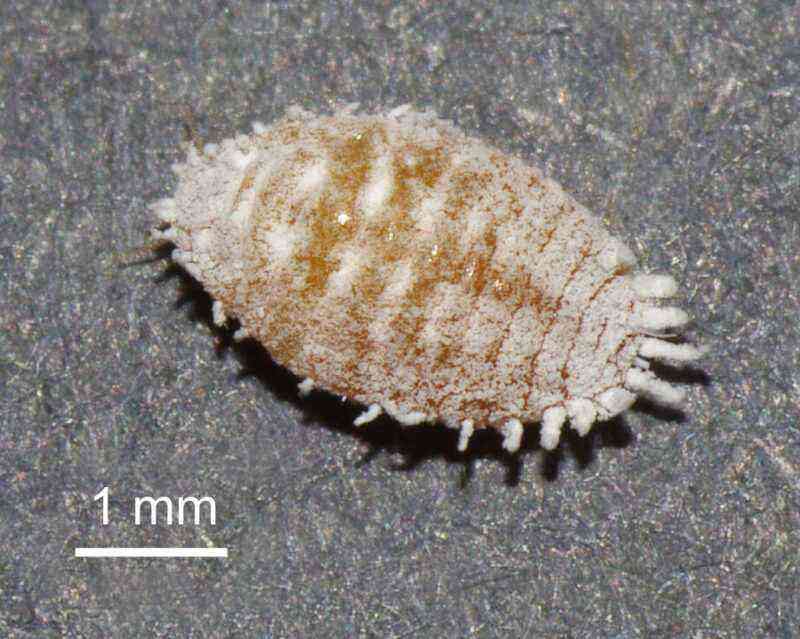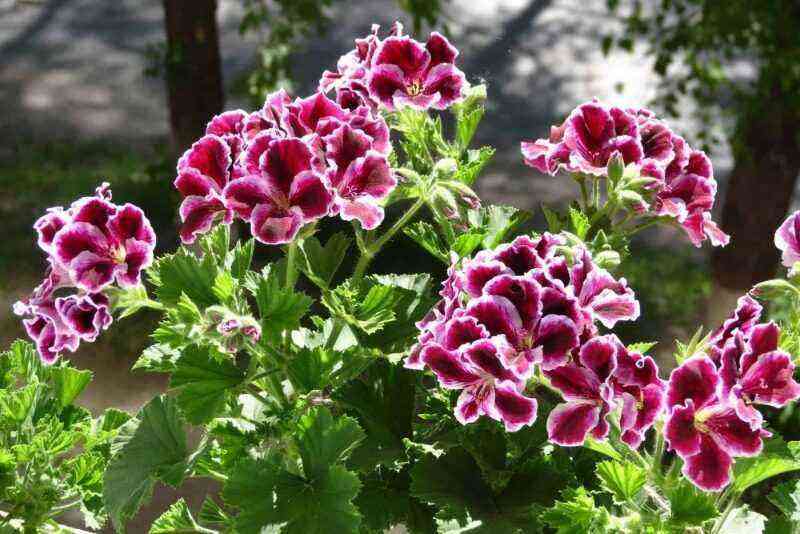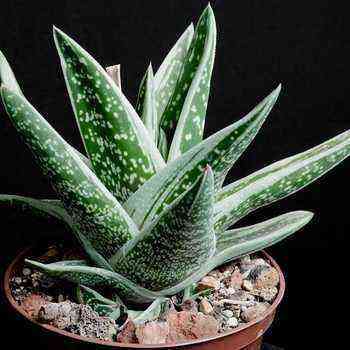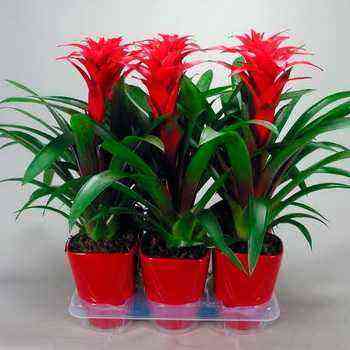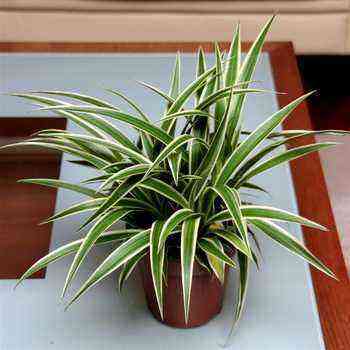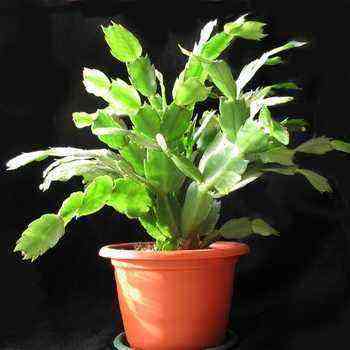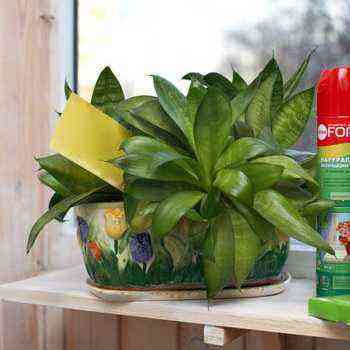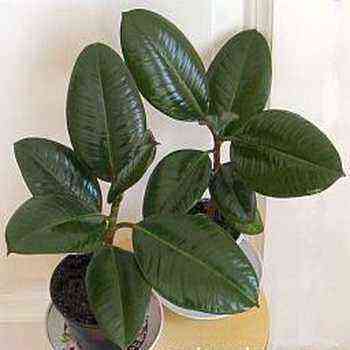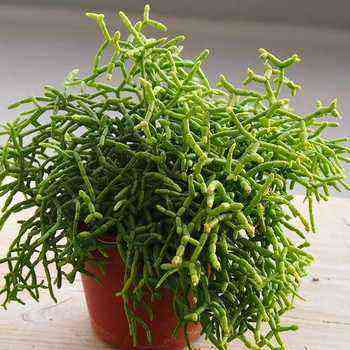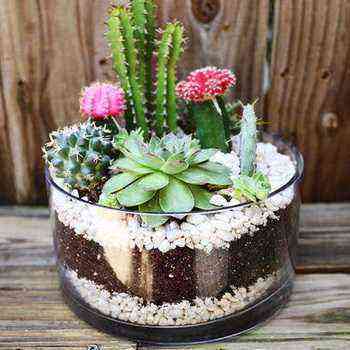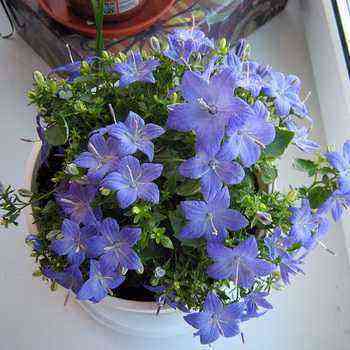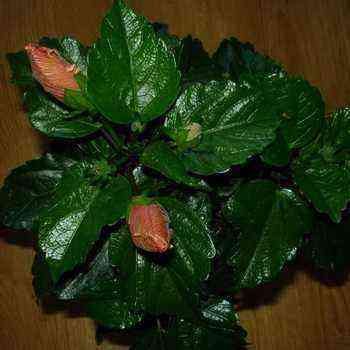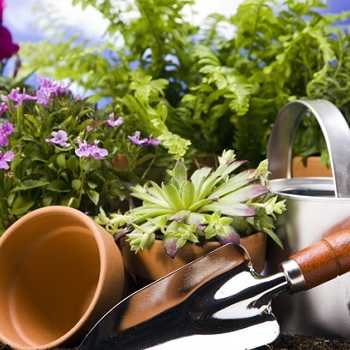 Caring for indoor plants in winter, especially for those whose homeland is tropical latitudes, is troublesome. For many of them, a drop in temperature can be fatal: for a start, they will shed their leaves, as if expressing their displeasure, and if no action is taken, their suffering can end in death. If you do not have enough knowledge of how to care for home flowers in winter, check out the advice of experienced florists.
Caring for indoor plants in winter, especially for those whose homeland is tropical latitudes, is troublesome. For many of them, a drop in temperature can be fatal: for a start, they will shed their leaves, as if expressing their displeasure, and if no action is taken, their suffering can end in death. If you do not have enough knowledge of how to care for home flowers in winter, check out the advice of experienced florists.
How to care for home flowers in winter: temperature when caring for plants
When caring for indoor plants in winter, keep an eye on them. If the glass is frozen over, iced up, then it is necessary to move the plants away from the windows at night. Near icy glass, the air is colder than room air by 10 ° C. The temperature regime during the day should be at least + 20 ° С in the mini-garden area, at night – within + 15 ° С. Also keep in mind that cucumber plants do not tolerate drafts and require high humidity. It is not difficult to humidify the air, for this you just need to put trays of water between the plants.
Plants of northern latitudes, grown in the room, and plants that shed their leaves for the winter, should be kept on cool windows, watered sparingly, avoiding, however, drying out the earthy coma.
How to care for indoor flowers in winter, whose homeland is rainforest? For begonias, monsters, coffee trees, cyperus, bromeliads, palms and other southern guests, the temperature drop is dangerous, so keep them year-round at + 18 … 22 ° С.
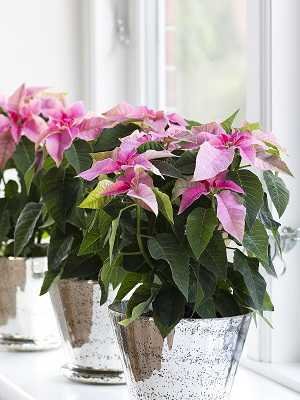
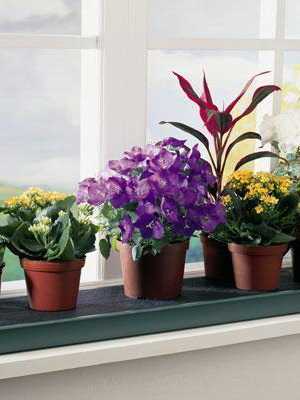
Indoor flowers standing on the windowsill are advised to be placed on a platform made of polystyrene or wooden slats – in order to avoid hypothermia of the earthen coma. From the warm dry air coming from the central heating radiators, they will be protected by a shield made of thick cardboard or plywood.
Due to the lack of light, the leaves of variegated plants such as zebrina, golden scindapsus, chlorophytum lose their characteristic color, turn green. Therefore, when caring for these home flowers in winter, they need to be exposed in the brightest place on the window, it is best to keep them at a temperature not higher than +18 ° C.
How to care for indoor plants in winter: watering when caring for house flowers
How to care for indoor plants in winter and how often they need to be watered:
- All plants need less watering in winter. First of all, this applies to plants that come from the subtropics. They should only be watered when the top layer of soil in the pot is dry. With excessive watering, the roots will rot. Optimal watering frequency depends on the room temperature, plant size, and the volume of the flower pot.
- Cacti have a dormant period in winter. All vital functions are slowed down. Watering should be significantly reduced if you keep them in a cool room. In February, cacti are watered no more than 2-3 times a month. In this case, care must be taken that water does not fall on the plant itself. Water droplets trapped between the ribs and thorns can cause the stem to rot. Better to pour into a pallet.
- Amaryllis (hippeastrum), which is time to bloom, can be transferred to a warm room with a temperature of + 18 … 20 ° C. When caring for these flowers in winter at home, watering should be started when a flower arrow appears from the bulb. At the same time, the amaryllis is given the brightest place.
Fertilizers when caring for flowers in winter at home
In winter blooming saintpaulias, primroses and other plants, it is necessary to remove faded shoots in a timely manner. This stimulates the formation of new peduncles. Since at this time these plants grow and bloom intensively, they are fed with a solution of special fertilizers for flowering indoor plants. When caring for indoor flowers in winter, mineral fertilizers are alternated with organic and organomineral (OMU) fertilizers.
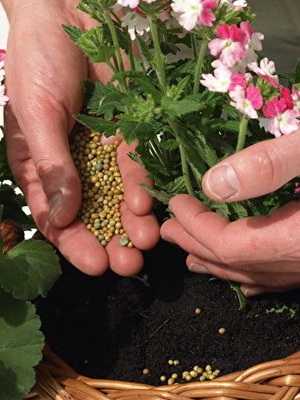

Simultaneously with reduced watering, fertilization of decorative leafy plants should be stopped for 1-2 winter months. Not recommended in winter and transplanting unless absolutely necessary.
Oleander, fuchsia and pelargonium are kept in the coolest place and watered very sparingly so as not to cause premature growth. The best place for cyclamens is east or south windows. They are watered from a pallet and, of course, with settled water. Fading Saintpaulias are placed in a cool, bright place, periodically moistened with an earthen lump, and the surface is loosened.
